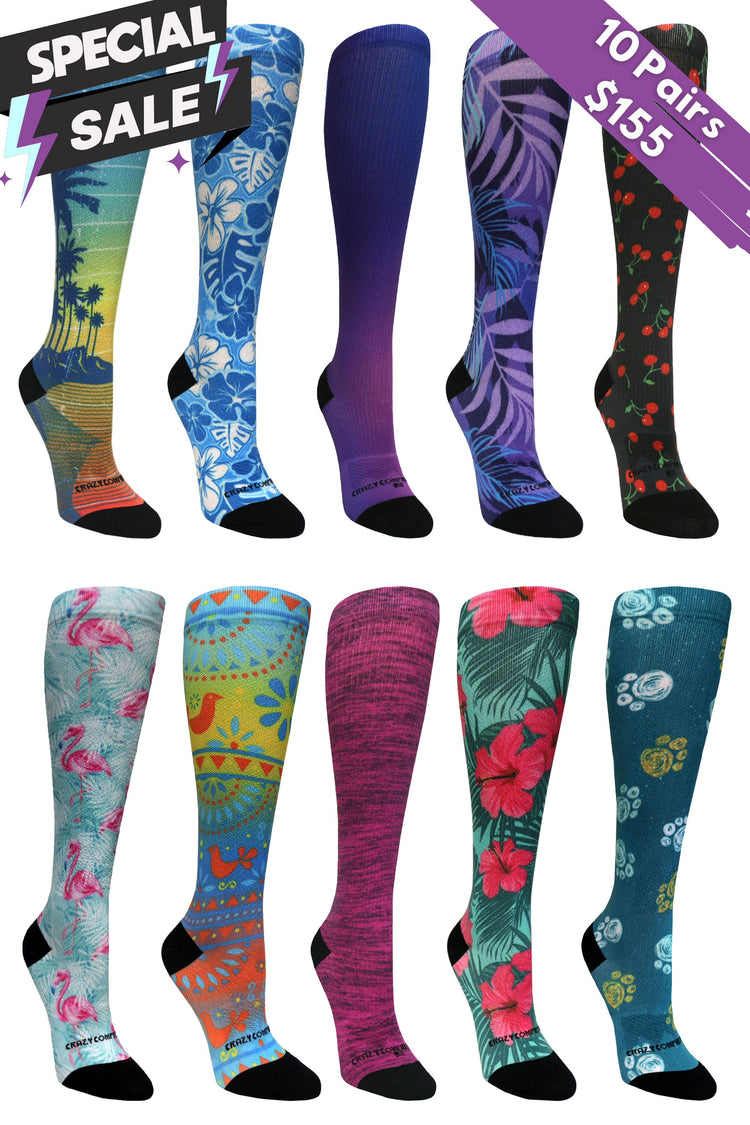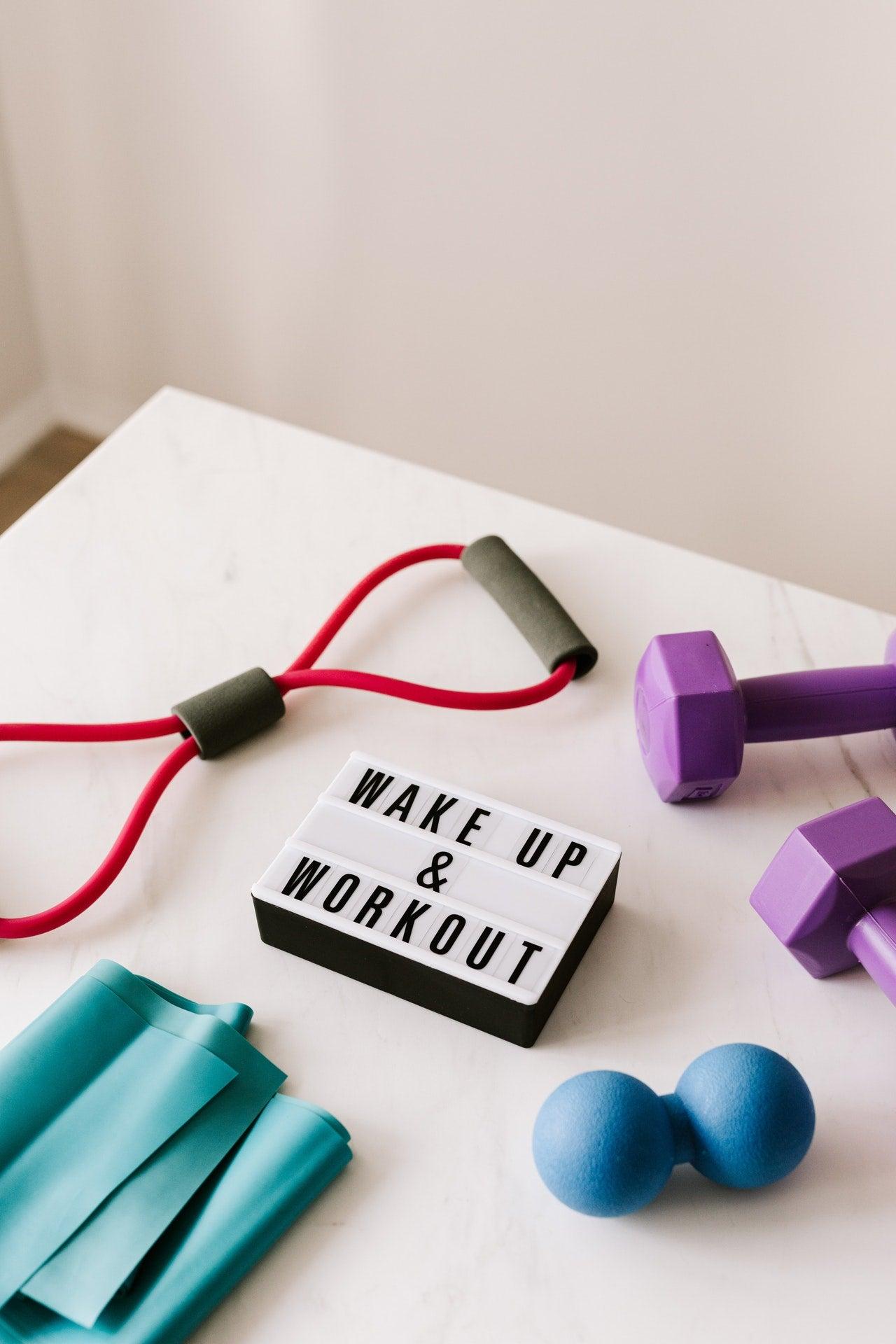Ever wonder how fit you are as a runner? Testing your running fitness can help you understand your abilities and set realistic goals. Whether training for a marathon, improving your speed, or just staying in shape, knowing your fitness level can guide your training and boost your confidence. Investing in the best running socks can enhance your performance and comfort during these tests. Here are seven effective ways to test your running fitness, from beginner to advanced.
The Two Types of Fitness
Anaerobic Fitness
Anaerobic fitness, meaning "without air," focuses on short bursts of speed and power. It's used in sprinting, weightlifting, and other high-intensity activities. For those looking to achieve significant milestones for runners, this type of fitness is crucial when sprinting or pushing hard at the finish line.
Aerobic Fitness
Aerobic fitness, meaning "with air," involves sustained activities over extended periods. It's the backbone of endurance sports like long-distance running, cycling, and swimming. Improving your aerobic fitness helps you maintain a steady pace over extended distances.
Tests to Measure Your Running Fitness
1. The Yo-Yo Test
Also known as the beep or shuttle run test, the Yo-Yo test measures your speed and endurance. It involves running a 20-meter distance back and forth, with increasing intensity, until you can no longer keep up.
- How to Perform: Run back and forth over 20 meters with short rest intervals, increasing speed each time.
- What It Measures: Speed endurance and recovery ability.
- Ideal For: Athletes looking to improve overall cardiovascular fitness.
- Calculation for Goal Pace/Time: While not directly applicable for distance-based races, your performance can indicate overall fitness levels proper for interval training sessions.
2. The Magic Mile
The Magic Mile is a straightforward test that helps you understand your speed over one mile. After warming up, run a mile as fast as you can. Wearing running compression socks can help support your legs during the test. This time can be used to estimate your pace for longer distances, like a 5K or 10K.
- How to Perform: Warm up thoroughly, then run one mile at maximum effort.
- What It Measures: Speed and endurance over a short distance.
- Ideal For: Runners planning to set pace goals for longer races.
- Calculation for Goal Pace/Time: Add 33 seconds to your mile time for your 5K pace; multiply your time by 1.15 for 10K, 1.2 for half-marathon, and 1.3 for marathon pace.
3. Yasso 800s
Yasso 800s involve running 800 meters consistently, with recovery intervals in between. Compression sleeves can support your muscles during this test, which is excellent for predicting marathon times and enhancing endurance.
- How to Perform: Run 800 meters at a consistent speed, rest, then repeat up to 10 times.
- What It Measures: Speed endurance and pacing strategy.
- Ideal For: Runners training for long-distance events like marathons.
- Calculation for Goal Pace/Time: Run 800m intervals in the same time (in minutes) as your marathon goal time (in hours). For example, run each 800m in 4 minutes if your goal marathon time is 4 hours.
4. The 26.2 Predictor
This test is designed for long-distance runners preparing for a marathon. Run at your marathon pace for 10 to 14 miles, then continue as far as possible until you reach 20 miles. Multiply your average pace by 26.2 to predict your marathon time.
- How to Perform: Run at your marathon pace for up to 20 miles, then calculate your predicted finish time.
- What It Measures: Long-distance endurance and race pacing.
- Ideal For: Marathoners assessing readiness and setting realistic goals.
- Calculation for Goal Pace/Time: Average your mile times from the first 20 miles and multiply by 26.2 to predict your marathon finish time.
5. The 12-Minute test
This test, also known as the Cooper test, requires you to run as far as possible in 12 minutes. It's a simple yet effective way to measure aerobic fitness and endurance.
- How to Perform: Run steadily for 12 minutes, then record your distance.
- What It Measures: Aerobic capacity and endurance.
- Ideal For: Runners of all levels, from beginners to advanced.
- Calculation for Goal Pace/Time: Use your total distance to estimate your VO2 Max by multiplying the distance (in meters) by 0.0225, then subtracting 11.3.
6. The 3-Minute test
This short but intense test measures your maximum effort over a three-minute period. It's useful for tracking progress in aerobic and anaerobic fitness.
- How to Perform: After warming up, run as hard as possible for three minutes and record your distance.
- What It Measures: Aerobic capacity and sprint endurance.
- Ideal For: Athletes in various sports, including running, cycling, and swimming.
- Calculation for Goal Pace/Time: Compare your distance each time you do the test to track your aerobic and anaerobic fitness progress.
7. The 5K Test
Running a 5K at your maximum pace is a great way to assess your endurance and speed. Use your time to set training paces for longer distances.
- How to Perform: Run a 5K at your best pace without stopping.
- What It Measures: Speed and endurance over a moderate distance.
- Ideal For: Runners training for races or improving overall fitness.
- Calculation for Goal Pace/Time: Use your 5K time to set training paces for 10K and longer races by multiplying your 5K time by 2 for a 10K pace.
How to Stay Safe While Running
Wear Reflective Gear
Use bright colors and reflective elements on your clothing, shoes, and accessories. Consider wearing reflective vests, armbands, or headlamps to increase your visibility to others. It's important to stay visible, especially in low-light conditions.
Stay Alert
Avoid distractions like loud music or constantly checking your phone. Keep your attention on your surroundings, particularly in unfamiliar areas. Follow traffic rules and always run against traffic flow when on the road to see oncoming vehicles.
Plan Your Routes
To enhance your safety:
- Choose well-lit and populated routes.
- Before you head out, share your planned route with a friend or family member.
- Always carry your ID and emergency contact information with you.
Tips for Running in Different Weather Conditions
Hot Weather
Wear light, moisture-wicking clothing, such as summer compression socks, that provide breathability and support to stay cool during hot weather runs. Keep yourself hydrated by drinking water frequently. Try to run during cooler parts of the day, like early mornings or late evenings.
Cold Weather
Layer your clothing to help regulate your body temperature. Protect your extremities with gloves, hats, and thermal socks. For additional warmth and circulation, consider wearing compression socks for cold feet. Be cautious of icy or slippery surfaces to prevent falls.
Rainy Weather
To keep yourself dry, wear water-resistant clothing and shoes. A cap can help keep rain out of your eyes. Wear bright or reflective gear to remain visible to others, especially in poor visibility conditions.
Choosing the Right Running Gear
Shoes: Select shoes that suit your foot type and running style. To prevent injury, replace them every 300-500 miles. If you're running off-road, consider trail shoes for better grip and stability.
Clothing: Choose moisture-wicking fabrics to stay dry and comfortable. Dress in layers depending on the weather conditions to regulate your temperature effectively. Quality running socks can also help prevent blisters and discomfort.
Accessories: Fitness trackers or watches can help you monitor your progress and stay motivated. Wear sunglasses and apply sunscreen to protect yourself from harmful UV rays during sunny runs. Carry a hydration pack or water bottle for longer distances to stay hydrated.
Frequently Asked Questions
How to Test Your Running Fitness?
You can test your running fitness through various methods, such as the Magic Mile, Yasso 800s, or the 12-minute test, which measures your endurance, speed, and overall performance.
How Do You Test for Physical Fitness Running?
Physical fitness for running is tested using time trials, VO2 max tests, and interval assessments like the Yo-Yo test to evaluate speed, endurance, and aerobic capacity.
What Is the Exercise Test for Runners?
The exercise test for runners often includes a treadmill test or field tests like the Cooper 12-Minute Run to assess cardiovascular endurance and running efficiency.
What Are the 5 Physical Fitness Tests?
The five physical fitness tests include cardiovascular endurance, muscular strength, endurance, flexibility, and body composition assessments.

































Leave a comment
This site is protected by hCaptcha and the hCaptcha Privacy Policy and Terms of Service apply.